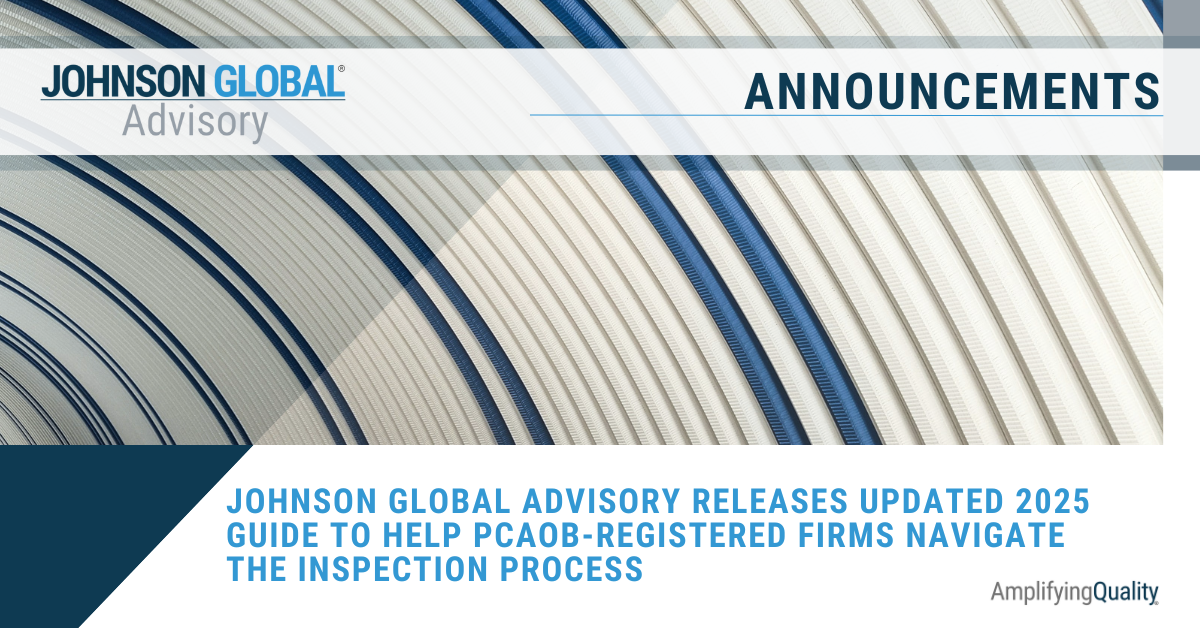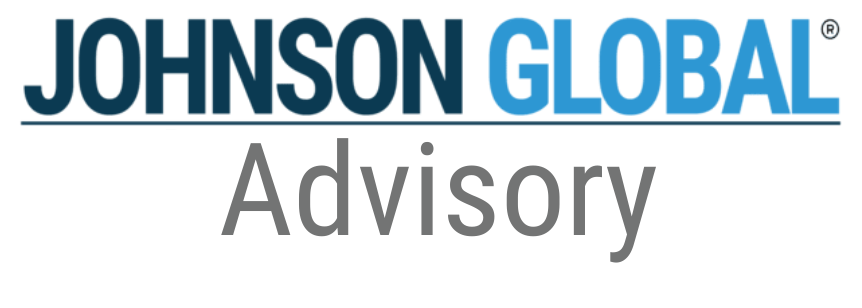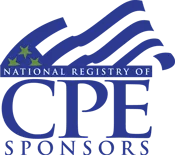JGA Team Perspectives: Failure to Prepare is Preparing to Fail

The PCAOB continues to emphasize the importance of quality control (QC) systems and intends to continue to focus on this area in its future inspections. Proposed PCAOB quality control standard QC 1000, A Firm’s System of Quality Control and Other Amendments to PCAOB Standards, Rules, and Forms, would replace current PCAOB quality control standards in their entirety.
QC 1000 would require registered firms to implement and operate QC systems to execute policies and procedures developed to address quality risks, monitor operation of the policies and procedures, and take remedial actions when the policies and procedures are not operating effectively. It includes a requirement for firms to perform root cause analysis (RCA) of all quality control deficiencies and design and implement timely remediation actions. Firms should consider both internal and external inspection findings as part of monitoring.
In addition, the IAASB and AICPA have adopted quality management standards, so firms are required to implement new processes to ensure their internal quality controls comply with the new requirements. Jung Lee, JGA Director, works with audit firms worldwide to improve their audit quality and navigate audit and QC regulatory requirements.
“In general, the number of comments and enforcement actions from the PCAOB have increased significantly in the last three years, and this trend is not only at the PCAOB, but also other local audit regulators worldwide. Audit deficiencies are costly, time-consuming, and will increase regulatory scrutiny in future inspections,” Lee said. “There has been a general uptick in the level of enforcement activity, and regulators point to QC failures in the monitoring process as a contributing factor.”
In April 2024, the PCAOB Staff issued a Spotlight: Root Cause Analysis—An Effective Practice to Drive Audit Quality. The PCAOB notes that RCA has been shown to be an effective practice to drive audit quality; rather than simply detecting and remediating audit deficiencies, by “focusing more on assessing underlying root causes of a deficiency…the deficiency can be effectively addressed and ultimately eliminated.”
“The Spotlight shares observations from PCAOB inspections and how firms’ RCA has helped them address repeat or persistent inspection findings,” Lee stated. See more in JGA’s Alert, PCAOB Staff Report Shares Observations on How Root Cause Analysis Can Drive Audit Quality.”
Continued Preparedness Planning
With respect to their system of quality management, firms need to prepare to initially adopt QC standards and then must continue to evaluate them to remain in compliance year-after-year.
The steps a firm should take are cyclical, starting with initial risk assessment and gap analysis, RCA and remediation, annual evaluation and testing of the SQM, and ongoing monitoring. Practice monitoring, a component of SQM – which includes pre/post issuance reviews -- ensures that a firm’s system of quality control provides reasonable assurance that the firm and its personnel comply with professional standards and the reports issued by the firm are appropriate.
“We work with firms on remediation after PCAOB inspections and pre-issuance reviews,” said Jackson Johnson, JGA President and Shareholder. “In post inspection services, we assist firms with root cause analysis of identified audit deficiencies. RCA is the underpinning of a sound QC system, and proper root cause analysis helps ensure that deficiencies are remedied.”
Remediation After Inspection
Frequent areas of concern noted in RCA (the first step in remediation) include lack of proper firm methodology and training, technical knowledge and competence, personnel management, engagement considerations, and supervision and review (including due care). There are often multiple root causes contributing to one deficiency, so it is important for firms to continue to dig in and ask “why.” Remediation of all identified deficiencies will likely require firms to create new QC processes.
Root cause of inspection deficiencies often relates to training. “The PCAOB normally recommends a very tailored, precise training related to the area of audit deficiency noted,” Lee said. “An example is the need for a specific training on testing for proof of delivery as part of performance obligations, but firms often offer a general training on revenue recognition under ASC 606. We can help clients obtain customized, tailored training solutions, both internal and external to the firm.”
To supplement training, JGA has found that practice aids and templates help firms to ensure audit quality. “An example of a practice aid is a template for journal entry testing with considerations noted in AS 2401, paragraph 61, addressing issues auditors should watch out for when reviewing the criteria used for identifying journal entries as part of fraud procedures. We can review the methodology included in client-prepared templates or create them for clients. The PCAOB asks for templates as a form of remediation of deficiencies,” Lee said.
“We help firms with practice monitoring including pre- or post-issuance reviews,” Lee added. “This way, someone outside of the firm’s engagement team or National Office can monitor the performance at both the firm SQC and engagement levels.”
Pre-issuance Reviews
Having an objective review of an audit before the audit opinion is signed and the audit report is issued (sometimes called an “in-flight review”) is a preventative control that allows firms to get ahead of deficiencies before an inappropriate opinion is issued.
“Nothing is more important than a good quality audit, and we work with firms in lock step to help them prevent or minimize deficiencies,” Johnson said. “In this way, there is a more immediate impact on audit quality, because firms can make changes in real time during the current audit rather than waiting until the next audit to see if the issue is fixed.”
“We are effectively performing real-time inspections and identifying deficiencies the PCAOB may find. JGA staff were former leaders of PCAOB inspection teams, so we look at audit engagements the same way the PCAOB staff does,” Lee adds.
Crucial areas the PCAOB focuses on are planning, audit procedures, and completion. JGA walks with firms in each of these and considers what can go wrong in each.
“An example of in-flight for accounts receivable will entail how the firm selected the items to confirm, including the use of sampling and whether it was a stratified sample. In addition, we look at frequent areas of PCAOB findings, including revenue recognition and accounting estimates,” Lee said.
“We help firms apply both a preventative and detective approach to identify and remediate their audit quality concerns, which helps them gain insight into their system of quality control and how they perform their audit engagements,” Johnson said. “This not only helps them navigate the requirements of the new quality control standards but also will help them with the PCAOB inspection process and regulatory compliance overall.”










Johnson Global Advisory
1717 K Street NW, Suite 902
Washington, D.C. 20006
USA
+1 (702) 848-7084

